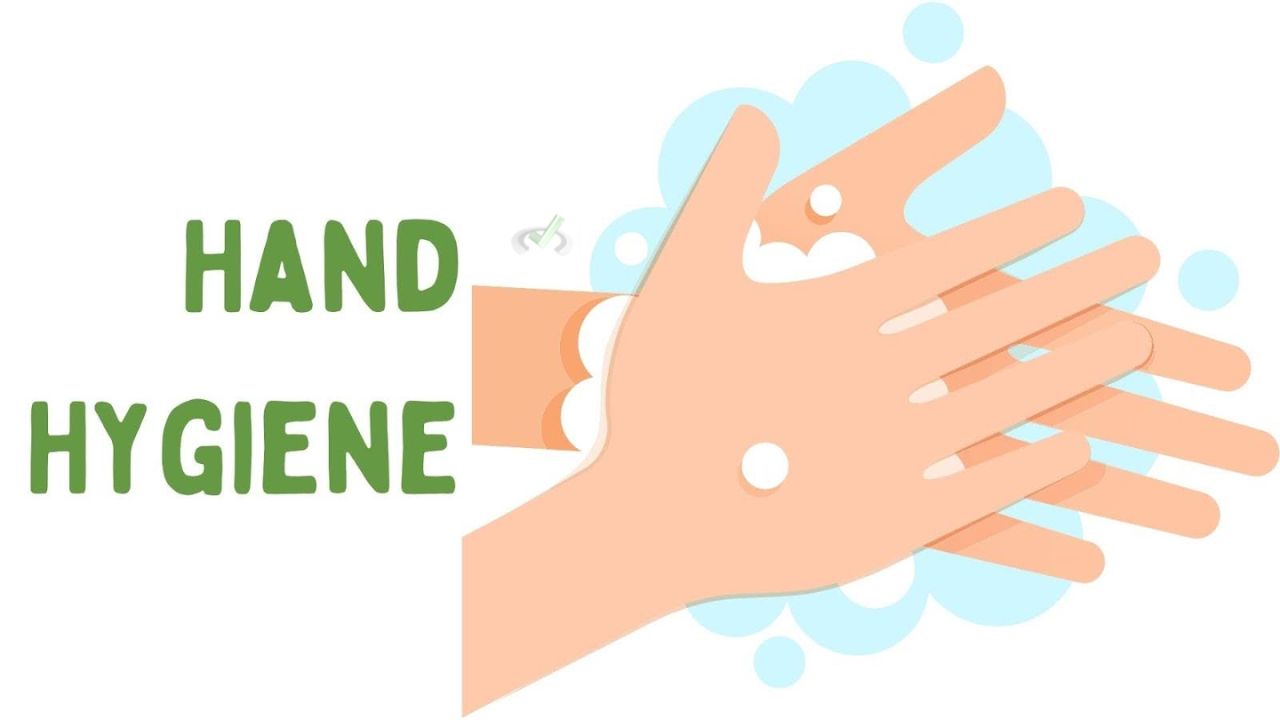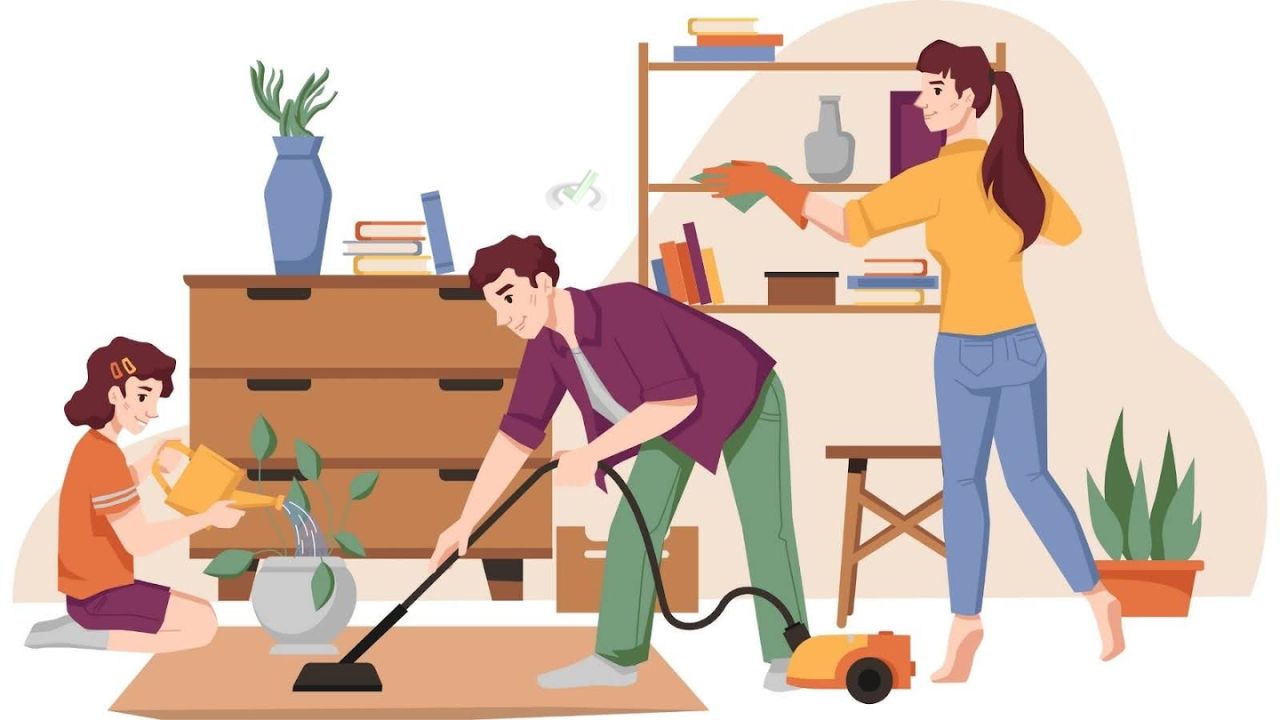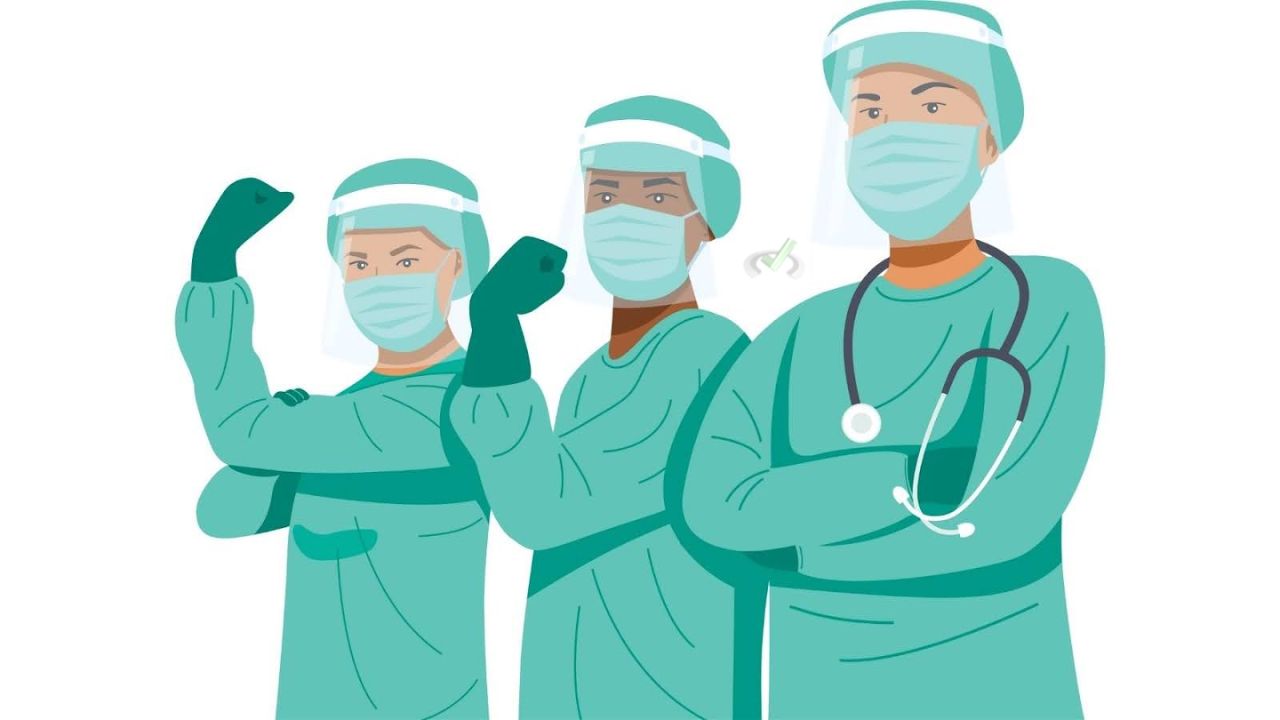Picture yourself on your first shift as a nurse. The halls buzz, the monitors beep, and patients need your attention. You glance down at your gloves, double-check your mask, and think about the procedures drilled into you during training.
Why all this fuss? Because safety and infection control in NCLEX-RN are more than test topics. They are essential for every nurse and patient. The NCLEX-RN makes sure you know this inside out. Let’s walk through it all, not as a dry list but like a guide from one professional to another.

Why Safety and Infection Control in NCLEX-RN Is Vital
Safety and infection control make healthcare tick. One slip—a glove worn wrong or missed hand wash—and things spiral fast. This isn’t just about rules; it’s about protecting patients, colleagues, and yourself.
The NCLEX-RN focuses on these principles for a reason. You need to show you get the importance and can act on it, no hesitation.
What Does Safety Mean in Nursing Practice?
Safety goes beyond saying, “be careful.” It means creating an environment where risks don’t get a chance to turn into accidents. Maybe it’s securing the brakes on a wheelchair or making sure a syringe doesn’t get reused.
The NCLEX-RN checks if you know these steps and apply them without second-guessing.
Infection Control 101: Stopping the Spread
Stopping infections isn’t optional. It’s a duty. Every hospital has stories where one missed step led to an outbreak. The NCLEX-RN checks if you know how to stop germs from traveling room to room, patient to nurse, nurse to patient.
And yes, this means understanding the basics of handwashing, PPE use, and how to handle biohazards.
Hand Hygiene: The Cornerstone of Infection Control

You’ve heard it a thousand times—wash your hands. But not just any wash will do. The NCLEX-RN makes sure you know when and how to do this properly. Why? Because good hand hygiene stops most germs in their tracks.
Skipping or rushing this step risks everything. The NCLEX-RN asks if you know why and how to keep it thorough.
Alcohol-Based Hand Rubs: The Alternative
Hand rubs stand in when soap and water aren’t close. But not just any hand rub. It needs at least 60% alcohol to kill most germs. NCLEX-RN checks if you know when this option works and when it doesn’t cut it.
Quick Note: The CDC notes that proper hand hygiene drops the spread of respiratory and gastrointestinal illnesses by 40% . That’s no small number.
Personal Protective Equipment (PPE): The Right Way to Use It
PPE acts like a shield. It stops germs from jumping from patient to nurse and vice versa. The NCLEX-RN tests if you know which piece to grab and when. Each one matters, from gloves to goggles.
Sequence of Donning and Removing PPE
You don’t just throw on PPE and call it a day. There’s an order for putting it on and an order for taking it off. Do it wrong, and you could end up exposing yourself or others.
NCLEX-RN makes sure you know this. It isn’t just protocol—it’s protection.
Patient Isolation Precautions: A Must-Know for the NCLEX-RN
Some patients need more than medicine. They need isolation to keep others safe. The NCLEX-RN will test your grasp of different isolation types and when to use them.
Knowing this isn’t just theory. Isolation protocols protect you, your coworkers, and other patients. NCLEX-RN checks if you understand this balance.
Key Points on Isolation Protocols
Patients in isolation can feel left out or scared. You aren’t just putting on PPE; you’re also ensuring the patient knows it’s for their safety as much as yours. NCLEX-RN might look at how well you understand this mix of safety and patient care.
Keeping Needles Safe: Preventing Unintentional Exposures
Although handling needles can be commonplace there are risks involved. An exposure could result from a single mistake. Your knowledge of safe handling use and disposal of needles is tested on the NCLEX-RN.
Something you should know:
The CDC notes that safe needle practices can cut accidental injuries by up to 80% . This fact alone underscores why NCLEX-RN covers it so thoroughly.
Environmental Controls: Clean Spaces, Safe Care

Every nurse knows that a clean space is a safe space. The NCLEX-RN checks if you understand the importance of disinfecting everything, from bed rails to patient monitors.
A surface that looks clean might still carry risks, so cleaning isn’t about appearance—it’s about safety.
Routine Steps:
These tasks are straightforward but pack a punch in infection control. NCLEX-RN may include questions on how and why these tasks keep patients safe.
Common NCLEX-RN Infection Control Scenarios
Get ready for real-life situations that test your knowledge of safety and infection control. These scenarios cover crucial infection control steps you need to know for the NCLEX-RN.
Scenario 1: A Patient with C. difficile
Alcohol-based hand rubs don’t kill C. difficile spores. Soap and water do. NCLEX-RN might test if you know when hand rubs fall short and washing takes the lead.
Scenario 2: Tuberculosis (TB) in the Ward
TB spreads fast and floats in the air. To stop it, a patient with TB goes into a negative-pressure room. The nurse needs an N95 mask, period. NCLEX-RN asks about these steps because missing one can lead to quick transmission.
Scenario 3: A Patient with an Open Wound
A patient with an open wound may need contact precautions. PPE isn’t optional here, and the NCLEX-RN checks if you know why gloves and gowns protect more than just the nurse.
Safety Risks and How to Address Them
Falls, medication mistakes, and patient handling slip-ups sit at the top of safety risks. The NCLEX-RN might throw these at you as scenarios, asking how to prevent them.
Environmental Cleaning Techniques and Their Impact
Regular cleaning keeps patient areas free from germs. High-touch areas need extra attention. The NCLEX-RN might quiz you on which spaces or objects need regular disinfecting.
High-Touch Spots:
Skipping these spots can leave germs lurking. NCLEX-RN checks if you know this simple yet effective part of infection control.
Conclusion: Mastering Safety and Infection Control in NCLEX-RN

Safety and infection control in NCLEX-RN isn’t about memorizing terms. It’s about understanding actions that keep patients safe, nurses protected, and hospitals running smoothly.
This includes everything from hand hygiene and PPE to isolation protocols and needle safety. Knowing these steps cold helps you answer NCLEX-RN questions and step into a nursing role with confidence.
The patients you will care for deserve that knowledge, and so do you. Keep this guide close as you prep, and think of it as your own set of rules to master for both the exam and the moments on the job when it counts most.
